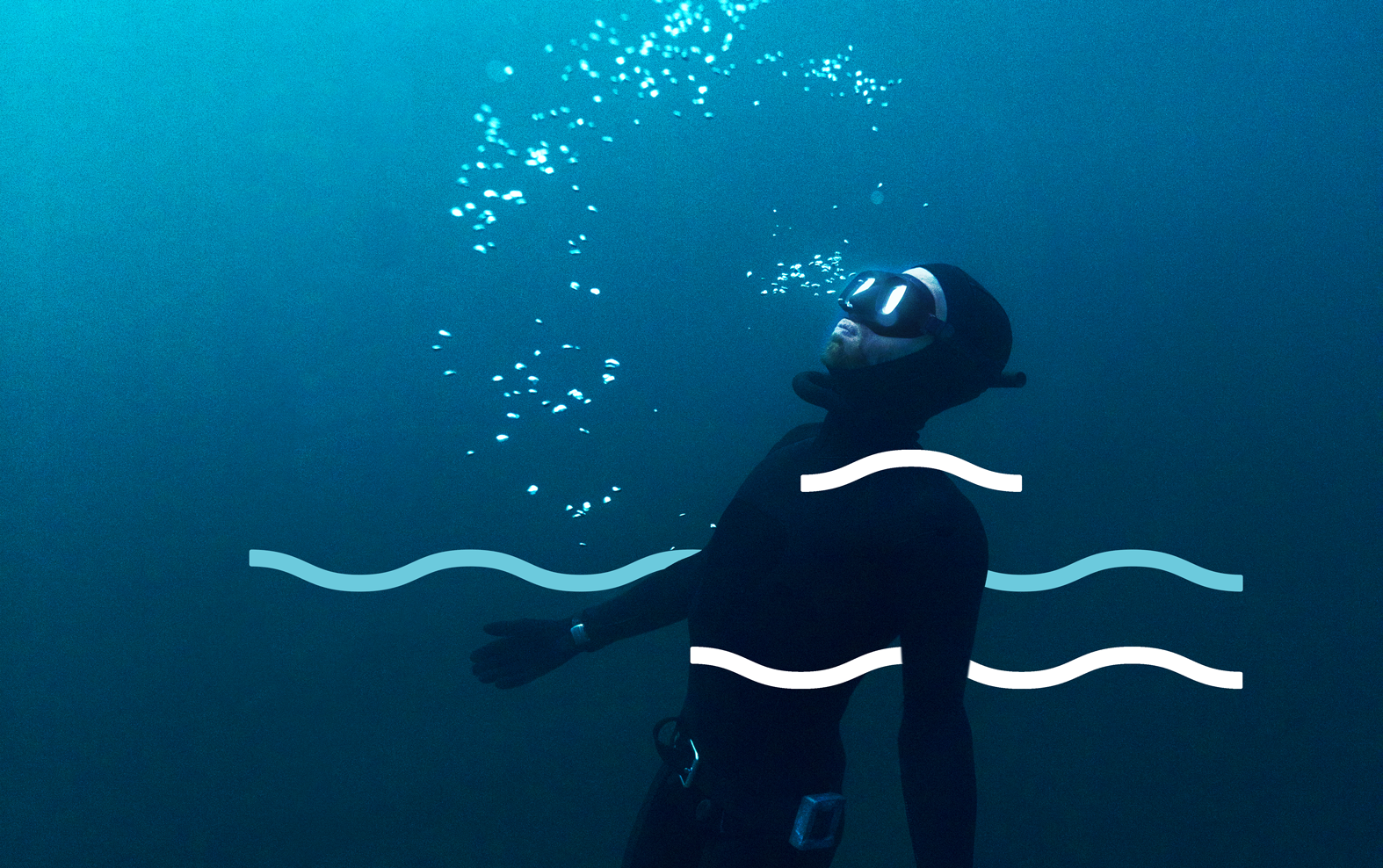
By Johan Valentin / Photo : Marie-Nick Gagnon
The practice of apnea allows you to explore an entire underwater universe with a minimum of equipment, for maximum pleasure! Here is a brief description of the three best known and most practiced disciplines in sports apnea.
Static freediving
Static apnea is simply about staying underwater as long as possible. In order to save as much air as possible, the freediver immerses himself or lets himself float while moving as little as possible.
Dynamic apnea
Dynamic apnea consists of achieving the greatest possible horizontal distance underwater.
Deep apnea
Deep apnea involves reaching as deep as possible underwater. This includes constant weight apnea, free immersion, variable weight and no limit.
Sports apnea, why?
Freediving allows the person who practices it to express their natural adaptability, while opening the doors to the underwater world. Because it is practiced underwater, freediving offers a state of weightlessness and unlimited freedom of movement and thus provides constantly renewed pleasure.
In addition to providing a relaxing effect, sports apnea combines the practice of swimming with that of meditation. It is therefore a complete sport in its own right, which requires a certain self-control, listening to your body and constant work to improve your performance and therefore surpass yourself. The different disciplines thus allow the freediver to tame his own limits. However, the only pleasure of getting in the water to feel this freedom remains the main objective of this sport, and that, all freedivers will tell you! No other underwater discipline can make you feel this feeling of freedom like freediving.
Freediving, for whom ?
Because it can be practiced with few means, freediving is a sport within everyone's reach. No need to be an accomplished athlete to practice apnea. However, after a few sessions, the desire to go further joins that of improving his physical condition! With its practice, you will be able to improve your flexibility, your resistance, your fluidity, in addition, of course, to your cardiovascular capacity!

